Remember the museum scene in Black Panther, where Eric Killmonger (Michael B. Jordan) tells the director that the warhammer she’s describing was actually stolen from Wakanda?
The issue raised by that fictional moment isn’t far from reality.
Throughout history, colonial powers have looted and destroyed the resources of once-peaceful nations.
While Ethiopia remained uncolonized, the Kingdom of Benin—one of pre-colonial Africa’s most powerful states—held a different story. When British soldiers invaded Benin City in 1897, they inflicted irreparable and unforgivable damage.
In the following sections, we’ll travel back to the height of Benin’s power, walk through the events of 1897, and trace the stolen bronzes’ journey from royal altars to glass cases thousands of miles away.
The Kingdom of Benin Before 1897
The Kingdom of Benin (not to be confused with the Republic of Benin) emerged in the forested region of West Africa during the 1200s C.E., founded by the Edo people of what is now southern Nigeria. Under Oba Ewuare the Great, the kingdom reached its peak—expanding its territory, strengthening its capital with massive walls, and solidifying the power of its monarchs.

Benin’s artisans—renowned for their brass, wood, and ivory works—produced bas-reliefs depicting historical events, life-size head sculptures, and intricately carved ivory pieces.

Trade relationships between the Edo people and outsiders began shortly after Portuguese explorers under João Afonso de Aveiro reached Benin in about 1485. From this, a robust trade network emerged. Edo exchanged slaves and tropical goods like ivory, palm oil, and pepper.[1]
(Yes, the pepper in salt and pepper. Spices were a big deal back then. Ferdinand Magellan literally sailed around the world looking for the Spice Islands, remember?)
In exchange, they gained European items such as firearms and manillas ( a form of commodity money).[2] These manillas—made of copper, bronze, or brass—were the commodity money used during the transatlantic slave trade from the 16th to 19th century, and were subsequently melted down to later be used to create the infamous Benin Bronzes.[3]
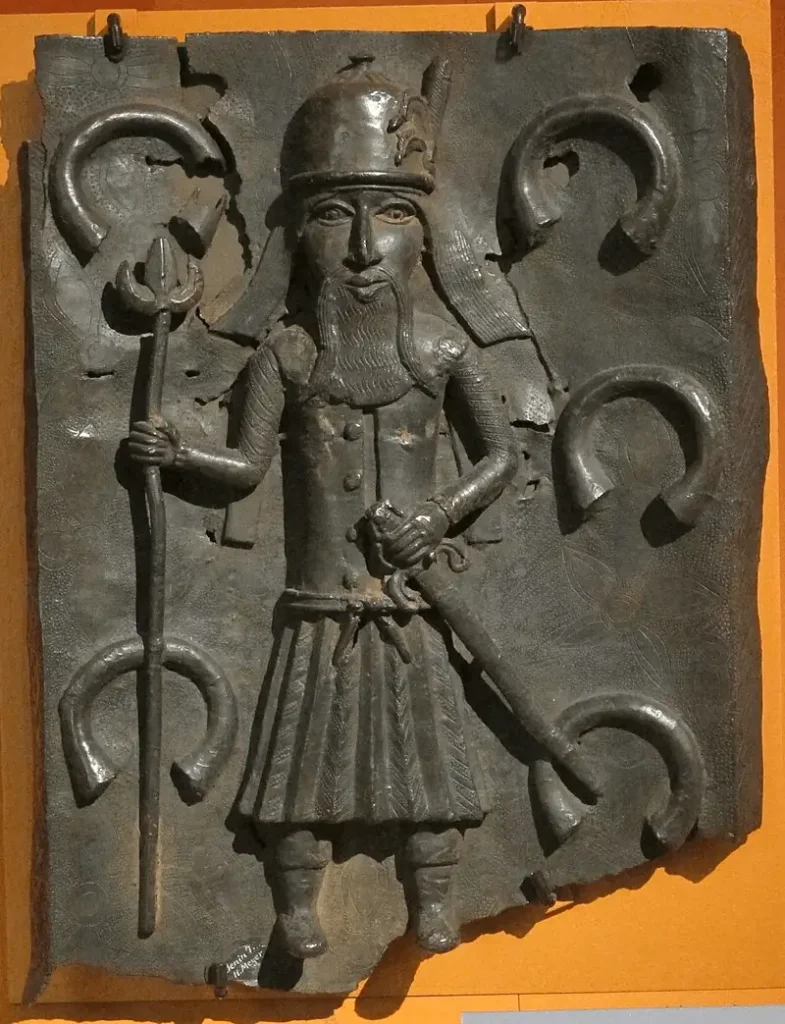
The 1897 Punitive Expedition
Fast forward to the events of the late 1800s during a series of European colonial acts known as the Scramble for Africa.
The kingdom was in a weakened state after a series of civil wars, instigated by members of the royal family wanting control over the kingdom, broke out. This finally gave the British a window to take control of the kingdom.[4]
After the murder of their delegation in January 1897, Britain launched a “punitive expedition” against the Kingdom of Benin. In February of the same year, Benin City was captured by the British forces.
This occupation brought extensive destruction and looting. The Oba’s palace was burned and partially destroyed, its shrines and compounds plundered.
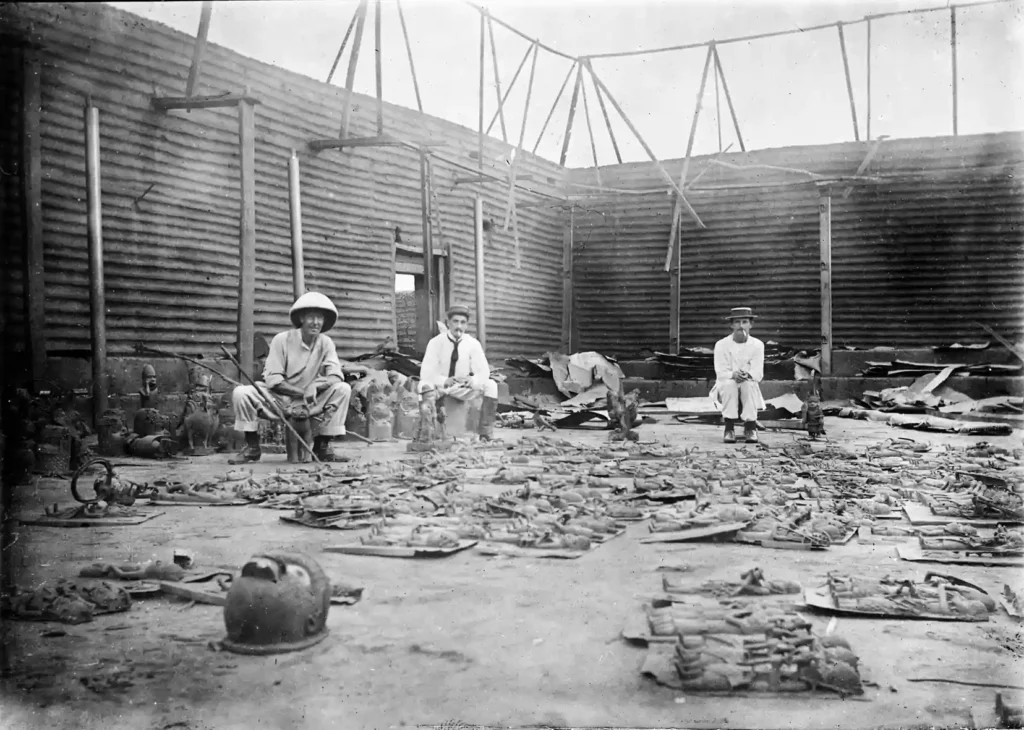
Thousands of ceremonial and ritual objects were taken to the United Kingdom as official “spoils of war” or divided among the expedition members by rank. These items included pieces taken from royal ancestral shrines, such as commemorative brass heads of past Obas and their carved ivory tusks.[5]
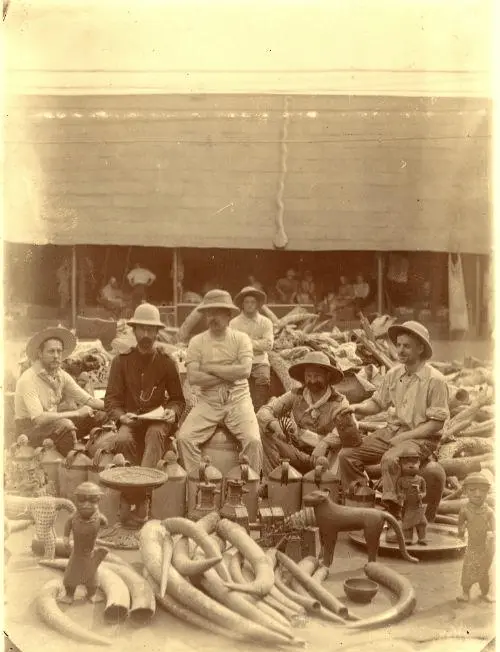
The kingdom and its people were stripped bare of their culture and heritage.
So, Where Are the Benin Bronzes Now?
The answer to this question is somewhat difficult to pin down.
Within months, the bronzes were appearing at auctions in London. Museums and institutions bought in bulk. Others were shipped to Germany, France, and the United States, entering both public and private collections.
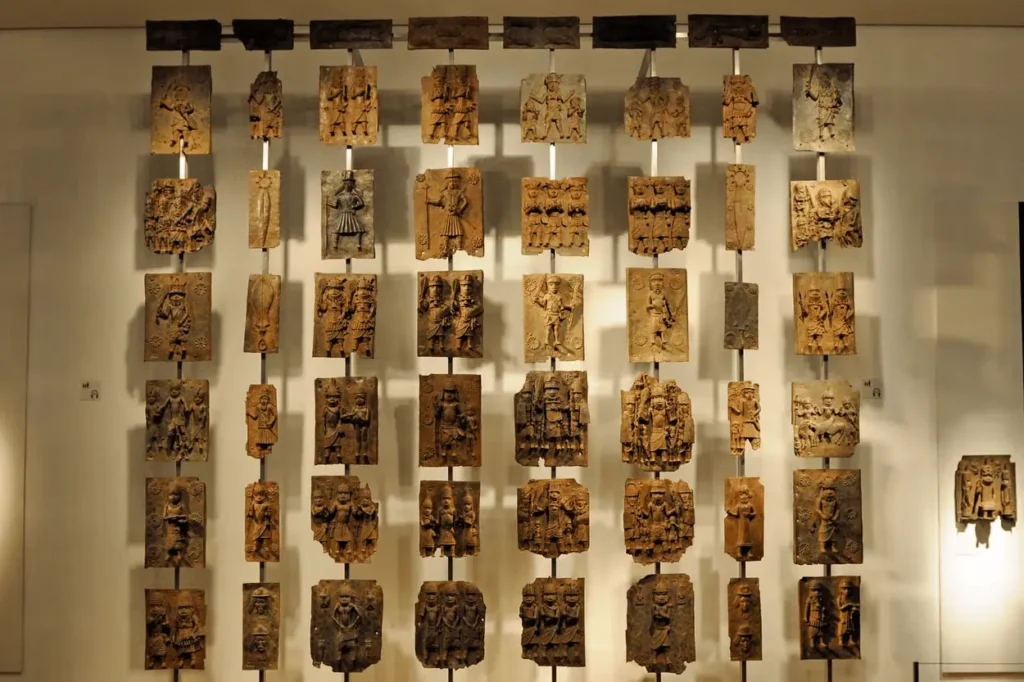
Today, the largest single collection of Benin Bronzes is housed in the British Museum, which holds over 900 pieces discovered in a palace storage room. Berlin’s Ethnological Museum and the Metropolitan Museum in New York also house hundreds.
Their monetary value is also staggering, with pieces selling for millions at auctions.[6] But for the Edo people of Nigeria, their worth is immeasurable. These bronzes are not commodities. They are irreplaceable, tangible records of a culture rooted largely in oral history.
The fact that so many are locked in foreign collections underscores the ongoing injustice of their theft.
The Fight for Repatriation: Are The Bronzes Coming Home?
Calls for the return of the Benin Bronzes began as early as the mid-20th century, when Nigeria gained independence.[7]
For decades, cultural internationalists rejected these requests, claiming that encyclopedic museums—institutions housing collections from across the globe—were not extensions of colonialism but rather embodiments of a worldview where safeguarding and preserving artifacts outweighed nationalist concerns.
What an outright colonialist excuse.
The idea of a universal heritage claimed by these internationalists can easily be disproved by a statement from this master’s thesis on Cultural Property and Claims for Repatriation.
“The [belief] on universal heritage may or may not exist, but cultural objects are best understood where they were created and belong.”
Cultural nationalists, on the other hand, also contend that returning the Benin Bronzes would mark a true break from colonialism, as keeping them only perpetuates and glorifies the violence and racism tied to that era.[8]
Fortunately, in recent years, the restitution processes finally began.
In 2022, Germany announced the return of dozens of bronzes to Nigeria. The University of Aberdeen in Scotland and the Smithsonian Institution in the U.S. have also repatriated pieces.
A few months ago, the Wereldmuseum (World Museum) in Leiden, Netherlands, was reported to be restoring more than a hundred artifacts in preparation for their return to Nigeria.
Still, resistance remains.
In particular, the majority of the collection is still held captive by the British Museum. For decades, the museum has leaned on a convenient law (British Museum Act 1963) that blocks the return of artifacts to their countries of origin, disregarding how these antiquities came into their possession in the first place.[9]
A Legacy That Demands Justice
But hey, progress is progress, no matter how slow it may be.
The British Museum and other institutions have contributed to the Digital Benin initiative, an online platform that compiles data, images, and archival materials on over 5,000 Benin objects spread across 136 institutions in 20 countries.
However, while digital access is a step forward, true justice comes with physical repatriation of the bronzes.
Each returned piece shouldn’t be seen as a mere diplomatic gesture. In the words of Nigerian diplomat Nick Ohumoibhi,
“It represents national identity, and to deem [that] it necessary to return those artifacts is something that we really cherish. It’s important because it’s like a restoration of dignity.”
And until the last bronze is home, the conversation and demand for return must continue.
Remember, silence only serves those who benefit from the theft.
References:
[1] Edo People – Edo Nigeria Association of Western Australia
[2] Manilla or penannular bracelet currency
[3] Famous ‘Benin Bronzes’ from West Africa used metal sourced in Germany | New Scientist
[4] Kingdom of Benin – World History Encyclopedia
[5] Benin Bronzes | British Museum
[6] Dealers Say They’re Struggling to Sell Looted Artefacts From Africa These Days
[7] Benin Bronzes | History, Art, British Museum, Controversy, Restitution, & Facts | Britannica
[8] Refusing to return artifacts, Britain still clings to its colonial past – Global Times
[9] Repatriation of the Benin Bronzes: an Ethical and Legal Discussion? – Center for Art Law
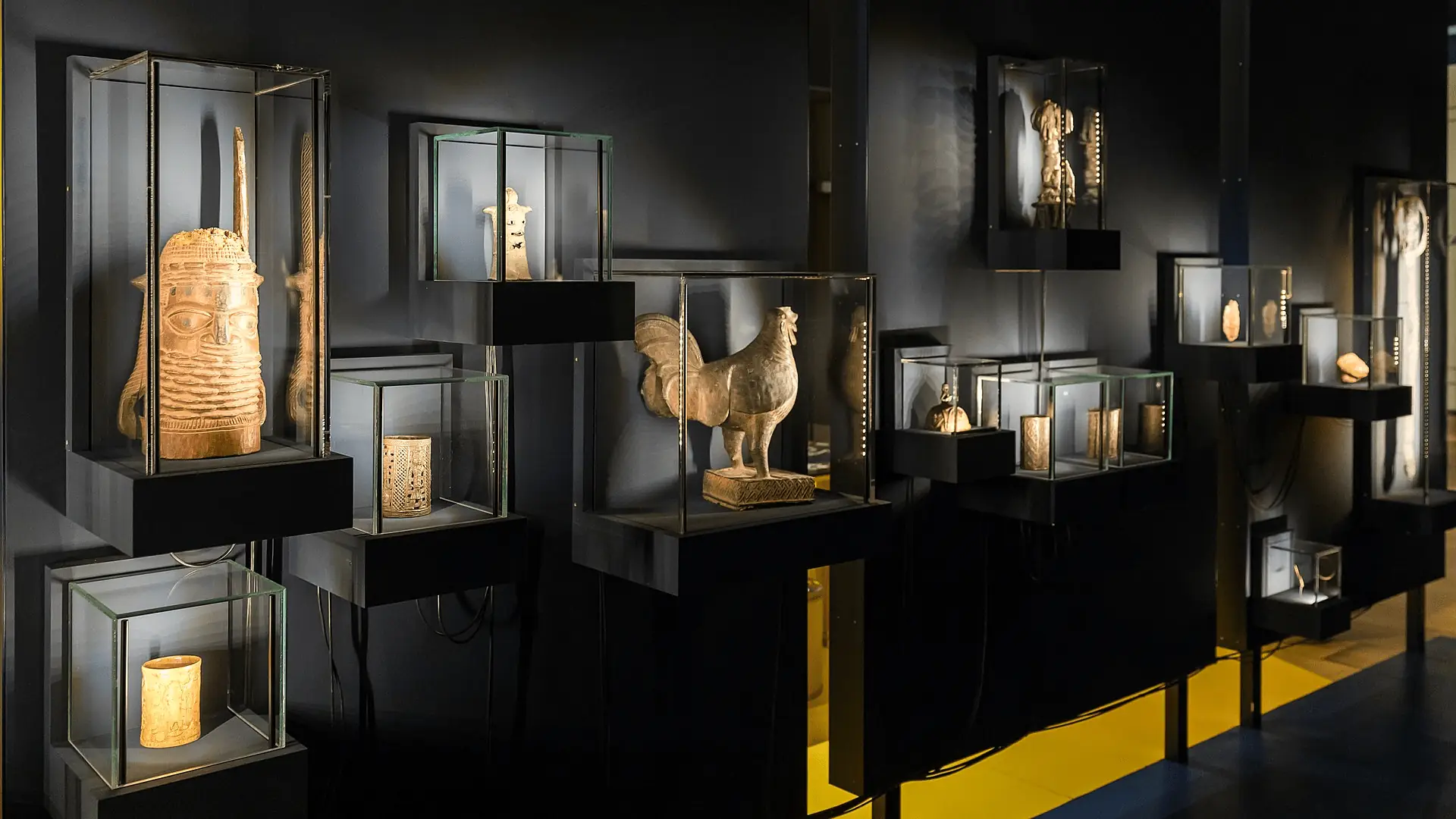




0 Comments